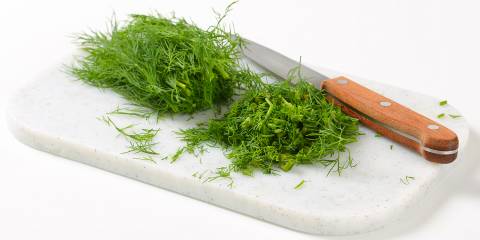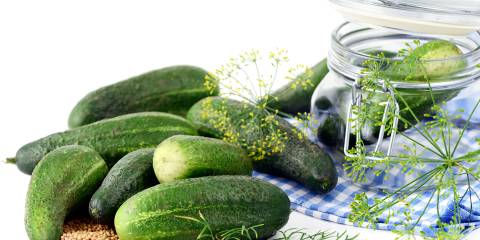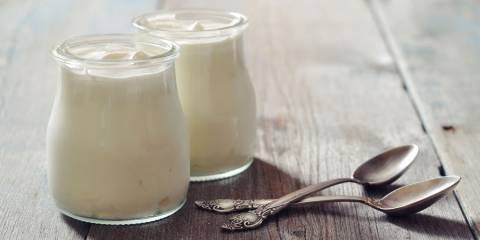This is The Pickle, the real thing. Two or three weeks may seem like a long time to tend to a crock of pickles, but the actual work involved is minimal, and the results are extraordinary. The mild, mellow tang from the lactic acid produced by fermentation is nothing like the sharp bite of vinegared pickles—it’s a subtler and more complex flavor.
Fermentation Tips for Pickling
Choose perfectly fresh, firm, blemish-free pickling cucumbers—the small, nubby Kirby-type ones, not the kind you’d put in a salad. Cut open a couple cucumbers before you start the batch; if they’re hollow on the inside, they’re no good for fermented pickles, as bacteria can survive in the air pockets. The grape or currant leaves are optional, but the tannins in the leaves will help keep the pickles crisp by deactivating the enzyme that causes softening.
Additional Pickling Tips
As with all cucumber pickles, pasteurizing (heating the jars in water at 180°F for 30 minutes) rather than processing in boiling water for a shorter period will result in a slightly crisper pickle. However, I’ve given boiling-water processing instructions as well for those without a thermometer or who are short on time.







